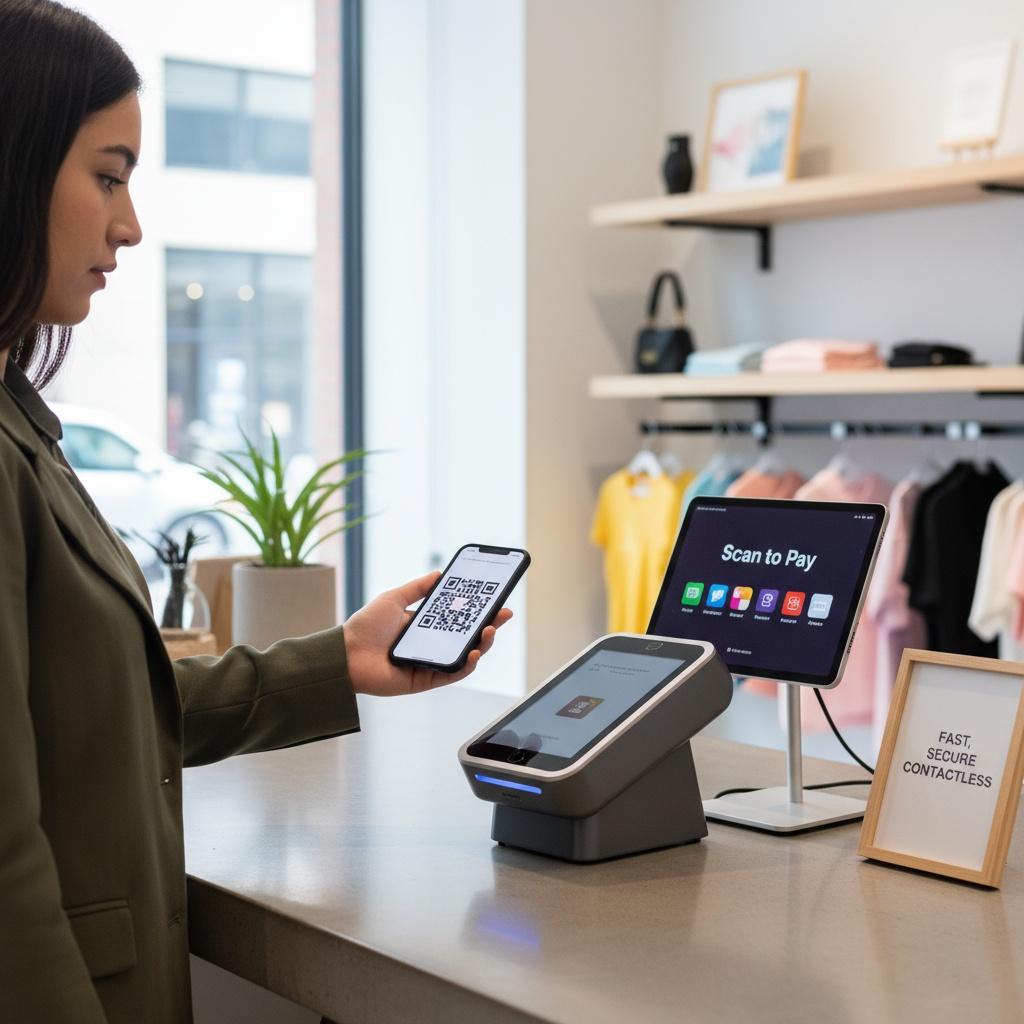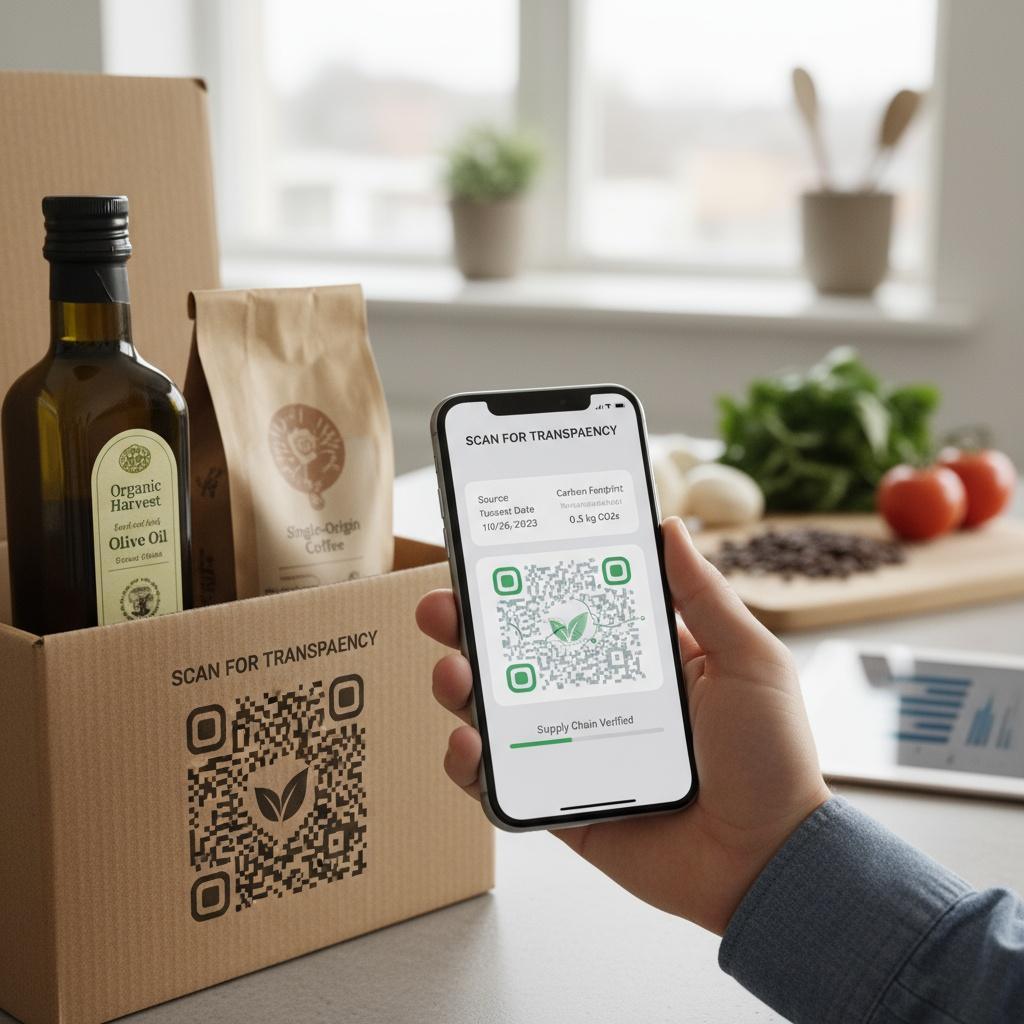

Smart packaging is moving from novelty to necessity as consumers demand trustworthy product information and brands seek measurable impact from QR codes in business. By turning every package into a digital touchpoint, companies can deliver ingredient details, sourcing data, safety updates, and promotions at the moment of consideration—an elegant fusion of digital transformation tools and modern marketing strategies.
Traditional labels are space-constrained and quickly outdated, while connected packaging unlocks dynamic pages that can evolve post-production. One scan can reveal origin certificates, allergen breakdowns, recycling guidance, and richer brand narratives—updated in real time without reprinting. The result is a living product story that builds confidence and keeps claims consistent across markets.
Regulators and retailers are raising the bar on traceability, while shoppers want proof behind sustainability and quality claims. Smart packaging satisfies both: it centralizes verified data for audits and recalls, and simultaneously delivers concise, mobile-first transparency to consumers. When done well, it simplifies compliance, improves trust, and reduces friction in the path to purchase.
Standards matter. The GS1 Digital Link standard for brands allows one 2D code to resolve to context-specific content—so the same code can serve consumers, retailers, and regulators with the right information at the right time. This minimizes packaging clutter, streamlines operations, and enables attributable engagement data that informs pricing, channel mix, and product decisions.
Effective smart packaging organizes information into tiers: essential safety facts, extended product transparency, and value-added services such as warranties or refill reminders. Governance is crucial—brands should align legal, quality, and marketing teams on what to disclose, how to version content by market, and how to protect proprietary data. Privacy-by-design ensures analytics are powerful without over-collecting personal information.
Every scan becomes measurable intent. Use deep links and UTM parameters to track product-level engagement, tie interactions to CRM where consented, and run A/B tests on content modules. Watch dwell time, repeat scans, and coupon redemption to connect transparency with conversion. These signals turn connected packaging into one of the most cost-effective modern marketing strategies—because measurement is built in.
Start with a cross-functional pilot: audit your label real estate, define the data model, and select a standards-based resolver. Validate print quality and scanning performance across devices and lighting. Reference an implementation guide with QR code examples for practical steps, and note momentum highlighted in the GS1 Connect 2025 recap on the shift to 2D barcodes as you plan supplier coordination, packaging updates, and retailer testing.
Smart packaging is a strategic upgrade, not a gimmick: it fuses transparency, compliance, and growth into one scannable experience. Brands that adopt standards-based QR codes in business now will reduce complexity, strengthen trust, and capture real-time insight that informs better products and sharper campaigns. Start small, measure relentlessly, and scale fast—the package is your most reliable always-on channel.